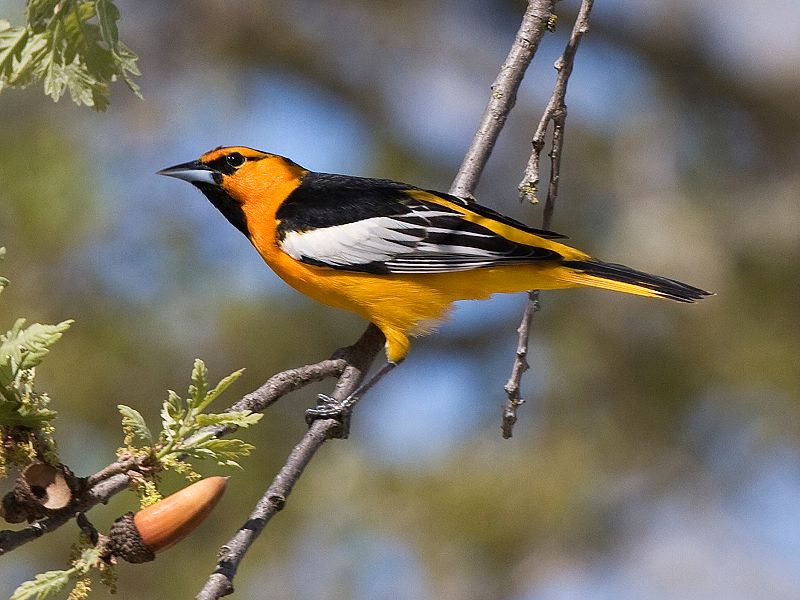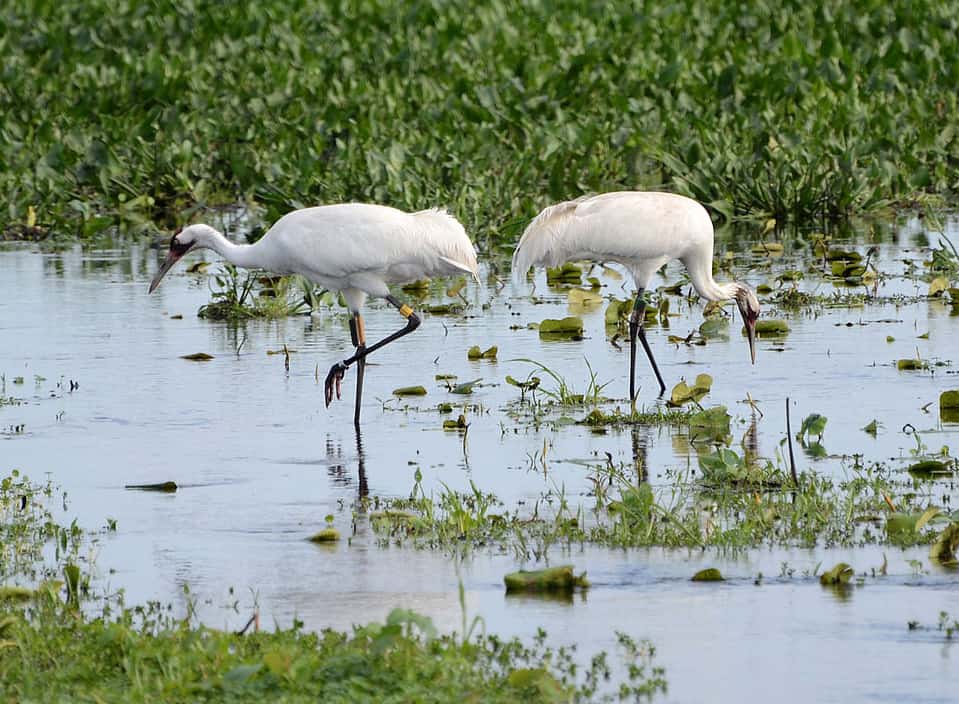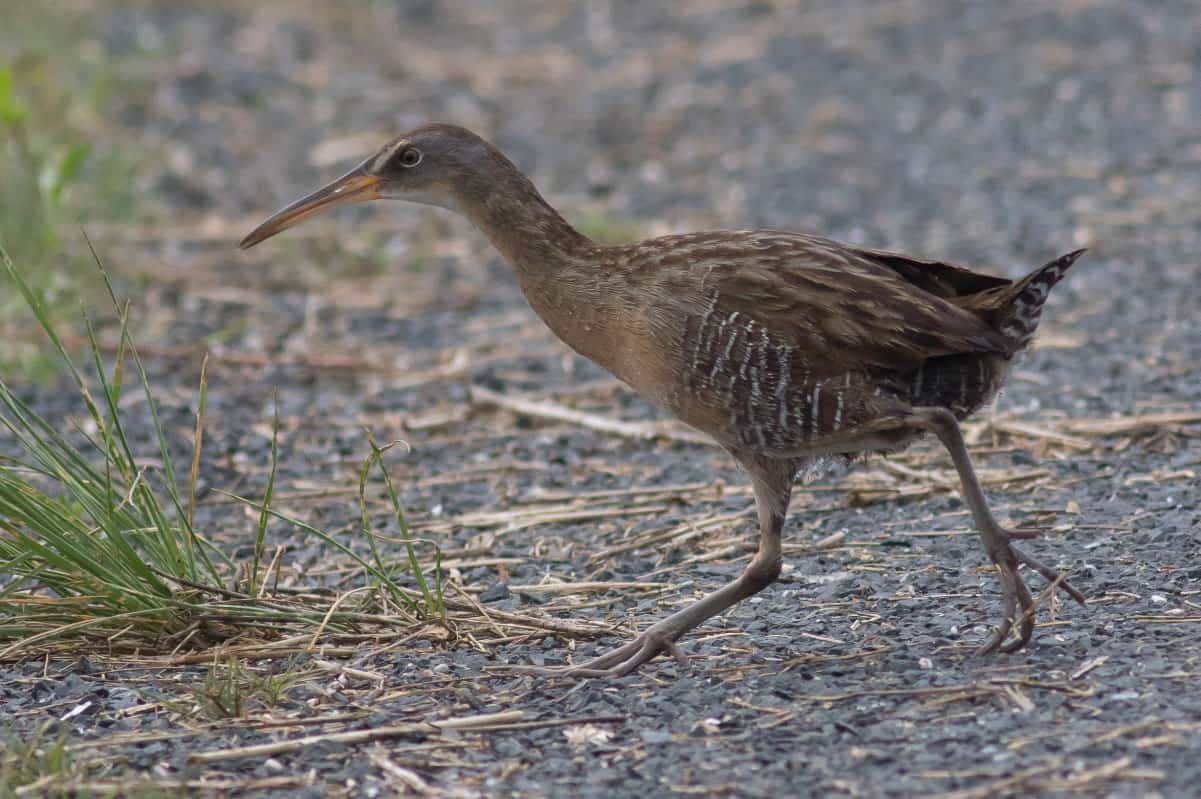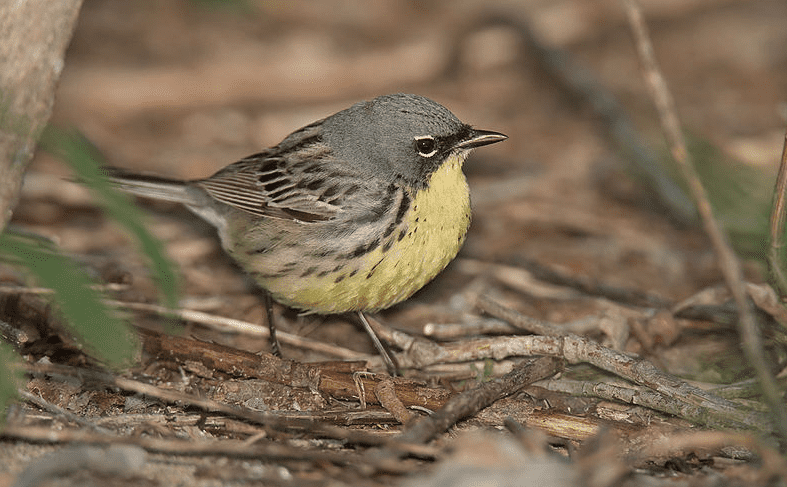Blackwater River State Park, Florida

A rare sand bottom river, longleaf pines, and red-cockaded woodpeckers.
Located within the premier state forest of Florida with the same name, Blackwater River State Park is one of the nation’s richest biological areas. There are 300 bird species throughout the year, 2,500 species of plants in residence, and a rare sand bottom river flowing from 45 miles upstream in Alabama into the Blackwater Bay in the south. The cool waters are tannin-color, with white sandbars sparkling through the forest. It is one of the purest sand bottom rivers in the world.
Learn more »

Paynes Prairie Preserve State Park, Florida
No beaches required.
In the late 1770s, renowned naturalist William Bartram recorded his awe-struck impressions of this biologically and geologically significant area in the northern center of the Florida peninsula, calling it the “great Alachua Savannah.” As late as the 1880s, this prairie was a lake deep enough for steamboat passage. In the 1970s it became one of only 599 designated National Natural Landmarks in the country. All these events followed 12,000 years of human settlement in this now freshwater marsh.
Learn more »

Perdido Key State Park, Florida
Shore-to-shore Birding.
The coastal barrier islands of this expansive seashore region—the Florida panhandle—sit at the confluence of two flyways: the Atlantic and the Mississippi. The Gulf Island National Seashore contains an “extremely high diversity of [bird] species, [as a] result of its size, location, and diversity of habitats,” according to Audubon. That’s great news for birders who plan calendars around migration patterns! Some 300-plus bird species live in and pass through the Perdido Key area over the course of the year. As our country’s longest stretch of protected coastline, the dunes, beaches, rivers, bays, bayous, marshes, and forests are havens for songbirds, waders, waterfowl, birds of prey, shorebirds, and more.
Learn more »

Amelia Island and Fort Clinch State Parks, Florida
One barrier island with two state parks.
Two state parks bookend the northern-most barrier island on Florida’s Atlantic seashore. This coastal area welcomes hundreds of neotropical species during spring and fall migrations, and provides the home address to approximately 100 species year-round. Amelia Island State Park: At the southern tip of this sea island (named Amelia) north of Jacksonville lies 200 acres of real Floridian wilderness. It became a Critical Wildlife Area in 1981 to protect coastal bird species. Fort Clinch State Park: Occupying 1,400 acres at the northern end of Amelia Island, this state park of “significant natural habitats” contains maritime hammocks, coastal grasslands, tidal marshes, dunes, and shorelines on the Atlantic Ocean and Cumberland Sound. It is the northern-most island location in Florida, and is considered a must-see destination for birders, since it lies on Audubon’s 115-mile designation of the Northern Atlantic Migrant Stopover.
Learn more »

Lake June-in-Winter Scrub State Park, Florida
A quiet preserve of rare plants and animals.
Have a look at a map of the peninsula of Florida, and you’ll see hundreds of puddles of blue down the center of the state. These are freshwater features that have existed since ancient times, when the area was a series of islands. And, where there’s water (blue, clear, or tannin-color), there’s life. Next to one of these puddles is Lake June-in-Winter Scrub State Park, where you’ll find rare plants and animals living in the highest concentration on the continent. This state park, with its most unusual name, is 845 acres of remote wilderness, Florida style. It quietly boasts more than 200 avian species throughout the seasons. On the eastern boundary, enjoy year-round shoreline species and waterfowl on the 3,500-acre, spring fed, Lake June-in-Winter.
Learn more »




